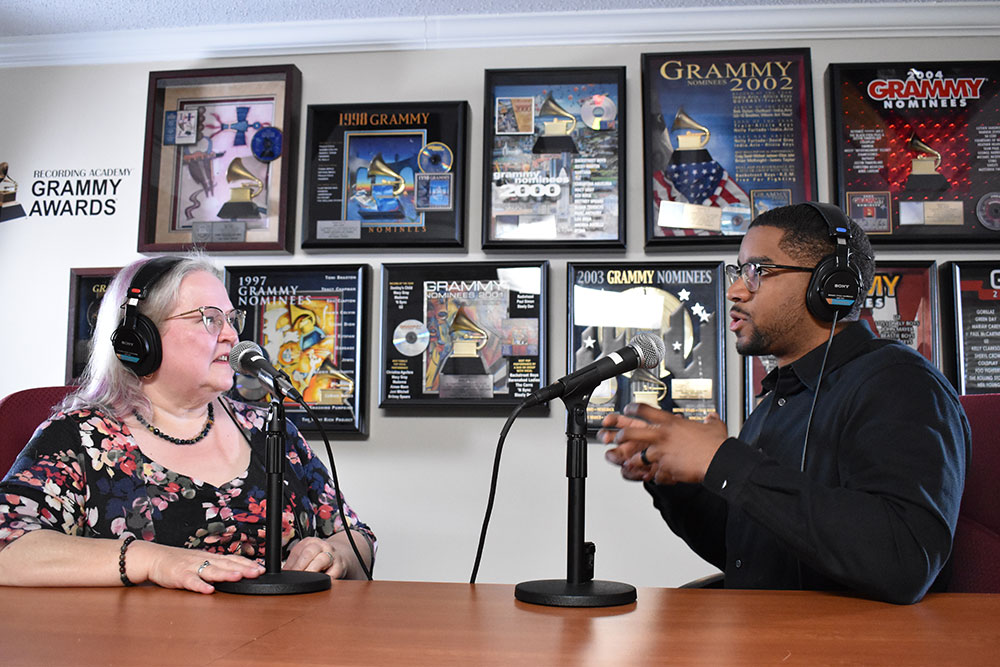
Coles Faculty Weighs In On Trump Travel Ban
KENNESAW, Ga. | Feb 21, 2017

The U.S. economy should be able to weather President Donald Trump's temporary travel ban, economists say, though any broadening of immigration and visa restrictions could hurt the labor force and productivity.
Two-thirds of economists surveyed by Bloomberg said the ban, which has for the moment been temporarily suspended by the courts, will have "little to no effect" on 2017 gross domestic product. Nine said it would have a moderately negative impact and only one said it would have a significantly negative effect.
Trump issued the executive order on Jan. 27, temporarily banning immigration from seven Muslim-majority countries and blocking for 120 days all refugees in a bid to keep potential terrorists from entering the U.S.
Many of the economists surveyed simply don't see the ban "sticking," in the words of Mikhail Melnik from Kennesaw State University in Georgia. The ban already has been put through the judicial wringer, having been granted a temporary delay by a judge in Seattle earlier this month and facing several other lawsuits around the country. Trump said Feb. 16 that a new order will be issued this week, tailored to address the objections of the federal appeals court that upheld the Seattle decision. The new order will almost certainly trigger a fresh round of legal challenges and the legality of the ban is expected to ultimately be decided by the Supreme Court.
"It is doubtful that the ban will stick," Melnik said. "But if it does, it will have a rather limited economic impact."
Measuring the economic impact of the Trump administration's immigration policy promises to be a complicated and ongoing affair, particularly with the courts' suspension. In the meantime, many economists have tried to gauge potential impacts, including Brian Schaitkin of the Conference Board, who outlined the current role that immigrants targeted in Trump's order play in the U.S. economy.
Schaitkin finds that the citizens from Iran, Iraq, Libya, Somalia, Sudan, Syria and Yemen who are banned for at least 90 days under the original order are a "small but disproportionately skilled and well-educated cohort," according to his Feb. 14 blog post.
Immigrants in the labor force from those countries are almost four times as likely as the average American to hold a Ph.D., and almost half have bachelor's degrees — compared with less than a third of the U.S. workforce, he wrote. While labor-market participants from those seven countries have a similar industry makeup as the overall workforce, they also play an outsize role in filling much-needed health-care jobs as the U.S. population ages, Schaitkin writes.
What might more significantly impact the health of the U.S. economy is further restrictions of this kind on immigration.
"Of more concern is President Trump's apparent belief that protectionism can succeed," said Tom Fullerton, an economics professor at the University of Texas at El Paso. "Raising protectionist barriers and/or withdrawing from Nafta could easily cause a re-birth of stagflation due to ensuing supply chain disruptions."
Trump's order provisionally revoked about 60,000 visas and raised concern that the administration will implement further barriers to immigration. More longer-term restrictions mean the U.S. economy could suffer from a slide in workforce growth and productivity, thereby reducing U.S. potential growth — the economy's 'speed limit,' Daan Struyven, a Goldman Sachs economist, wrote in a Feb. 15 research note.
In the absence of immigration, the level of the U.S. working-age population probably would fall by 0.2 percent per year between 2020 and 2030, based on Census projections, Struyven wrote. More efficient task specialization among immigrants, as well as a greater share of patent applications than with native-born Americans, means the loss of immigrants hurt productivity. In turn, the ban could further threaten potential growth that's already low at 1.75 percent for the coming years, the Goldman report estimates.
Related Posts

Kennesaw State Partnership Equips Local Entrepreneurs with Tools for Success

Gathering Spot CEO Ryan Wilson on Building a Social Club to Inspire Connections.

Kennesaw State MBA student leveraging degree work for a cause

CEO Magazine Ranks Kennesaw State Executive MBA Top Program in Georgia, No. 11 in the World














